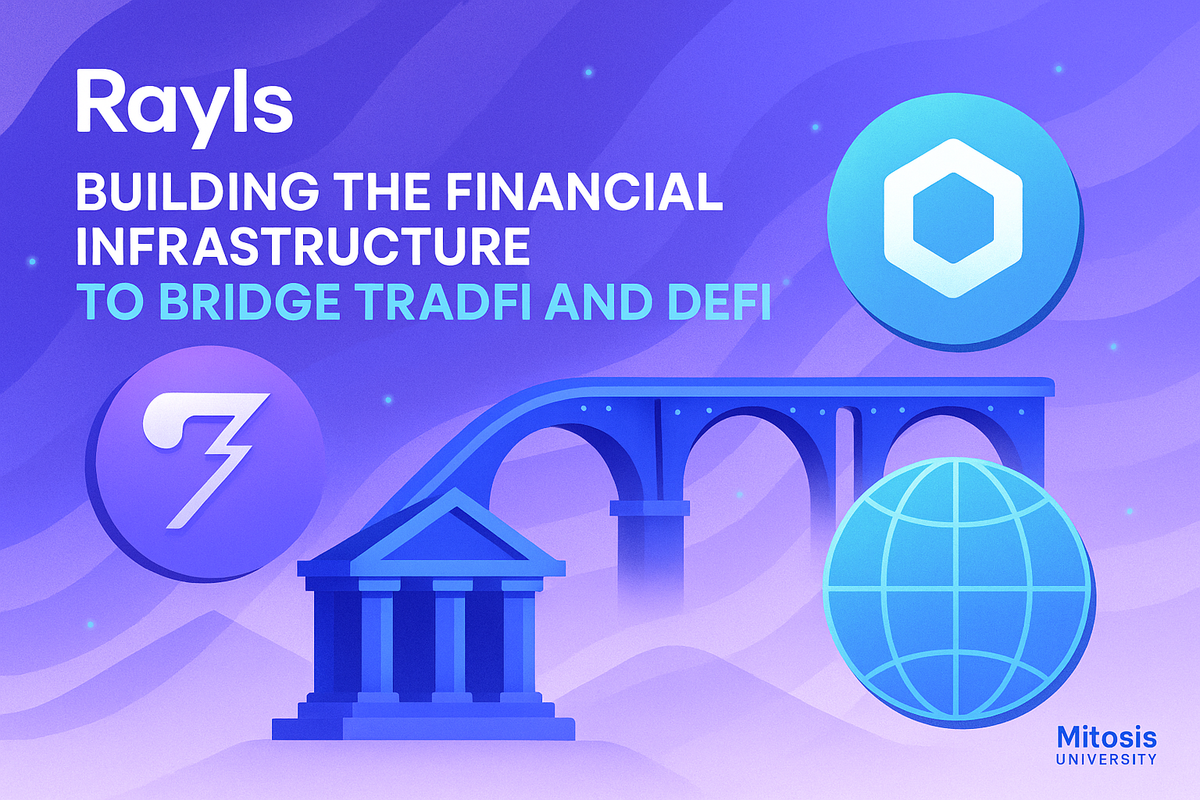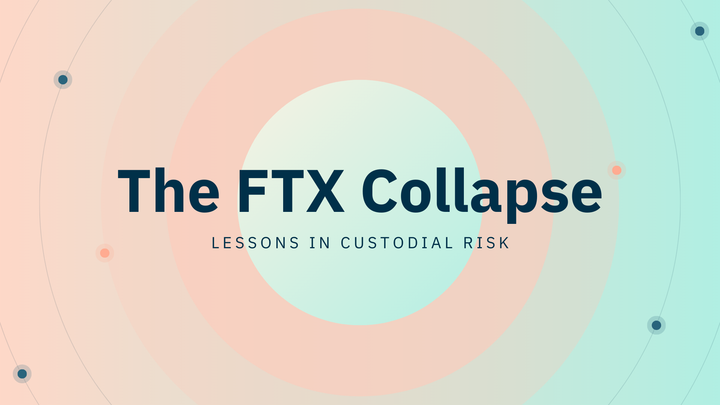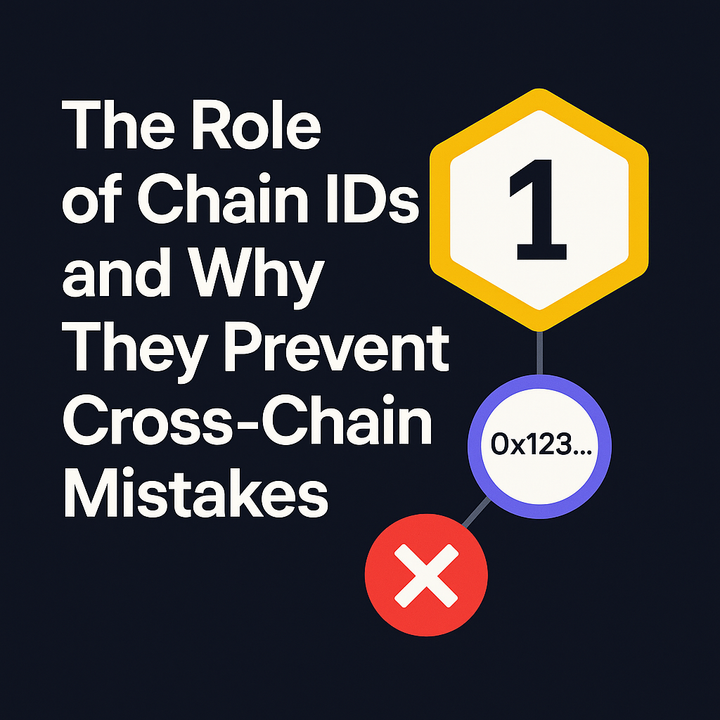Rayls Building the Financial Infrastructure to Bridge TradFi and DeFi

What if every regulated financial institution could tap into the innovation of blockchain—without sacrificing privacy, compliance, or scalability? That’s the promise of Rayls, a next-generation blockchain ecosystem designed to bridge the worlds of Traditional Finance (TradFi) and Decentralized Finance (DeFi).
Created by Parfin, Rayls offers a future-forward infrastructure where banks, governments, and fintechs can embrace asset tokenization and digital identity without compromising regulatory or operational requirements. As central banks and global institutions explore blockchain’s potential, Rayls stands out as a real-world solution to unlock the $100 trillion in TradFi liquidity and bring it securely on-chain.
In this article, we’ll explore how Rayls enables this transformation through its hybrid architecture, institutional-grade privacy tools, and real-world partnerships.
1. A Hybrid Blockchain for a Tokenized Financial Future
Rayls tackles one of blockchain's greatest challenges: how to make it usable for institutions that need both compliance and performance.
The UniFi Architecture: Public Meets Private
- Public Chain (Layer 2 Ethereum on Arbitrum): Fully permissionless but KYC-gated, this chain is designed for maximum compliance and liquidity. Every transaction integrates identity, AML, and suitability checks—positioning it as “the most compliant Ethereum Layer-2.”
- Private Subnets (Value Exchange Networks - VENs): These are permissioned blockchains operated by financial institutions or consortia. They offer total privacy, control, and scalability, enabling banks to issue and trade tokens securely within regulatory frameworks.
This dual setup allows Rayls to provide privacy and control where it’s needed, while still enabling cross-chain interoperability and access to DeFi liquidity.
2. Institutional Infrastructure: Privacy, Compliance, and Programmability
For financial institutions, privacy and compliance are non-negotiables—and Rayls was built with these priorities at its core.
Rayls Privacy Nodes: The Tokenized Core Banking System
Installed behind institutional firewalls, each Rayls Privacy Node functions like a secure, programmable core banking ledger. Key features include:
- Private Tokenization: Support for ERC-20, ERC-721, and ERC-1155 assets.
- Inter-Institutional Privacy: Encrypted transactions between nodes, visible only to involved parties and auditors.
- High Performance: Capable of handling over 10,000 transactions per second (TPS).
- EVM Compatibility: Full support for smart contracts, enabling automation, governance, and compliance logic.
Enygma Protocol: Quantum-Safe Privacy
Rayls’ Enygma protocol integrates Zero-Knowledge Proofs and Homomorphic Encryption, providing quantum-resistant privacy without sacrificing auditability or speed. It aligns closely with Vitalik Buterin’s vision of private-by-default Ethereum, reinforcing Rayls as a forward-compatible solution.
Built-In Compliance
Rayls doesn’t treat compliance as an afterthought. The system embeds:
- KYC/AML/CFT protocols
- Governance layers for regulators and auditors
- Policy enforcement at both subnet and public chain levels
By weaving compliance into its DNA, Rayls removes one of the biggest blockers for institutional blockchain adoption.
3. Real-World Applications and Strategic Partnerships
Rayls isn’t just theoretical infrastructure—it’s already in the hands of central banks, global banks, and payment providers.
Key Use Cases
- Drex CBDC (Brazil): Rayls is the privacy layer for Brazil’s Central Bank Digital Currency pilot. It enables private on-chain settlement of tokenized traditional assets and has entered Phase 2 testing with five institutions.
- J.P. Morgan’s Project EPIC (Kinexys): Validated Rayls for tokenized fund transactions, emphasizing its strength in privacy and digital identity.
- Núclea: One of the Southern Hemisphere’s largest payment processors is using Rayls in production to support high-volume, compliant financial operations.
Strategic Alliances
- Linux Foundation (Decentralized Trust): Rayls has joined this initiative to help shape global standards for digital trust and secure blockchain ecosystems.
- Arbitrum Integration: By leveraging Arbitrum’s technology, Rayls enhances the scalability and security of its public Layer 2 chain, accelerating blockchain adoption for financial markets.
Conclusion
Rayls is emerging as the foundational infrastructure for the tokenized economy—offering financial institutions a way to tap into blockchain’s potential without compromising on compliance, privacy, or performance.
Key Takeaways:
- Rayls combines a public Layer 2 with private subnets to serve both DeFi and TradFi needs.
- Its institutional-grade Privacy Nodes support tokenization, smart contracts, and encrypted interbank transactions.
- Real-world partnerships—like Brazil’s Drex and J.P. Morgan’s EPIC—prove its operational readiness.
Looking Ahead:
As tokenized real-world assets (RWAs) become mainstream, platforms like Rayls will be critical to enabling cross-border financial systems that are both trustless and trusted. Can traditional finance truly be reborn on the blockchain? Rayls is betting on it—and helping to build that future today.



Comments ()